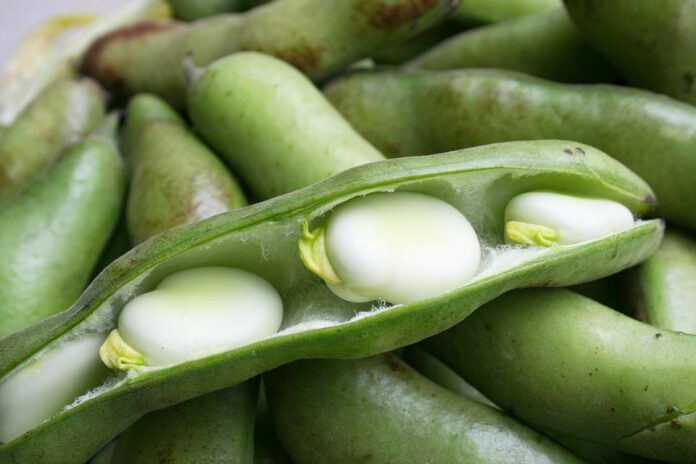The Economics of Growing Legumes for Beverage Applications
Introduction
Legumes have long been recognized for their nutritional value and versatility in culinary applications. However, in recent years, there has been a growing interest in using legumes as ingredients in beverages. Legumes such as chickpeas, lentils, and peas are rich in protein, fiber, and other nutrients, making them an attractive option for health-conscious consumers. In this report, we will delve into the economics of growing legumes specifically for beverage applications.
Market Demand and Trends
The global beverage market is constantly evolving, with consumers increasingly seeking healthier and more sustainable options. This shift in consumer preferences has led to a rise in demand for plant-based beverages, including those made from legumes. According to a report by Grand View Research, the global plant-based beverage market is expected to reach $22.9 billion by 2025, with legume-based beverages playing a significant role in this growth.
One of the key drivers behind the increasing popularity of legume-based beverages is their nutritional profile. Legumes are high in protein, fiber, and antioxidants, making them an attractive option for consumers looking to boost their health and well-being. Additionally, legume-based beverages are often dairy-free, making them suitable for individuals with lactose intolerance or other dietary restrictions.
Cost of Production
When considering the economics of growing legumes for beverage applications, it is essential to take into account the cost of production. Factors such as land, labor, seeds, fertilizers, and irrigation can all impact the overall cost of growing legumes. However, one of the advantages of growing legumes is that they are relatively low-input crops compared to other commodities.
For example, according to data from the United States Department of Agriculture (USDA), the average cost of producing one acre of chickpeas is around $350, while the average yield per acre is approximately 1,500 pounds. This translates to a production cost of around $0.23 per pound of chickpeas. With the increasing demand for chickpea-based beverages, farmers have the opportunity to generate a significant profit margin from growing chickpeas.
Key Players in the Industry
Several companies have already capitalized on the growing trend of legume-based beverages. For example, Ripple Foods, a plant-based beverage company, offers a range of pea protein-based products, including milk, yogurt, and protein shakes. Another major player in the industry is Banza, known for its chickpea pasta and rice products. These companies have successfully leveraged the nutritional benefits of legumes to create innovative and sustainable beverage options for consumers.
In addition to established brands, there is also a growing number of startups entering the legume-based beverage market. These companies are focused on creating unique and flavorful beverages using a variety of legumes, such as lentils, black beans, and mung beans. By tapping into consumer demand for plant-based and sustainable products, these startups have the potential to disrupt the beverage industry and drive further growth in the legume market.
Future Outlook
As consumer interest in plant-based beverages continues to rise, the future looks promising for the legume industry. With advancements in technology and sustainable farming practices, farmers can expect to see increased yields and efficiencies in legume production. Additionally, as more companies invest in research and development of legume-based beverages, we can expect to see a wider variety of products hitting the market in the coming years.
In conclusion, the economics of growing legumes for beverage applications present a lucrative opportunity for farmers and companies alike. With a growing market demand for plant-based beverages and the nutritional benefits of legumes, the legume industry is poised for significant growth in the years to come. By leveraging sustainable farming practices and innovative product development, stakeholders in the legume industry can capitalize on this trend and contribute to a more sustainable and healthy future for the beverage market.




